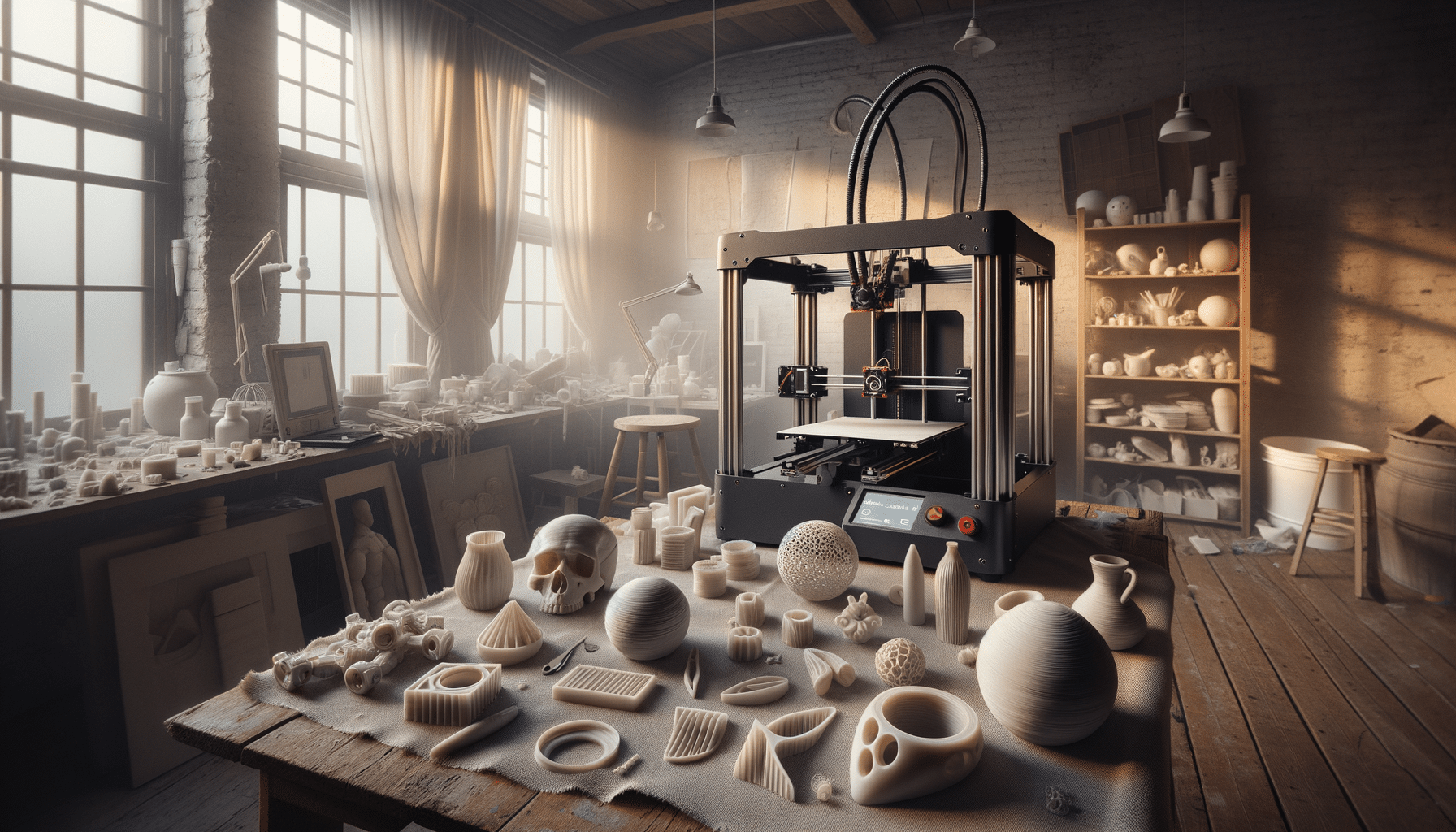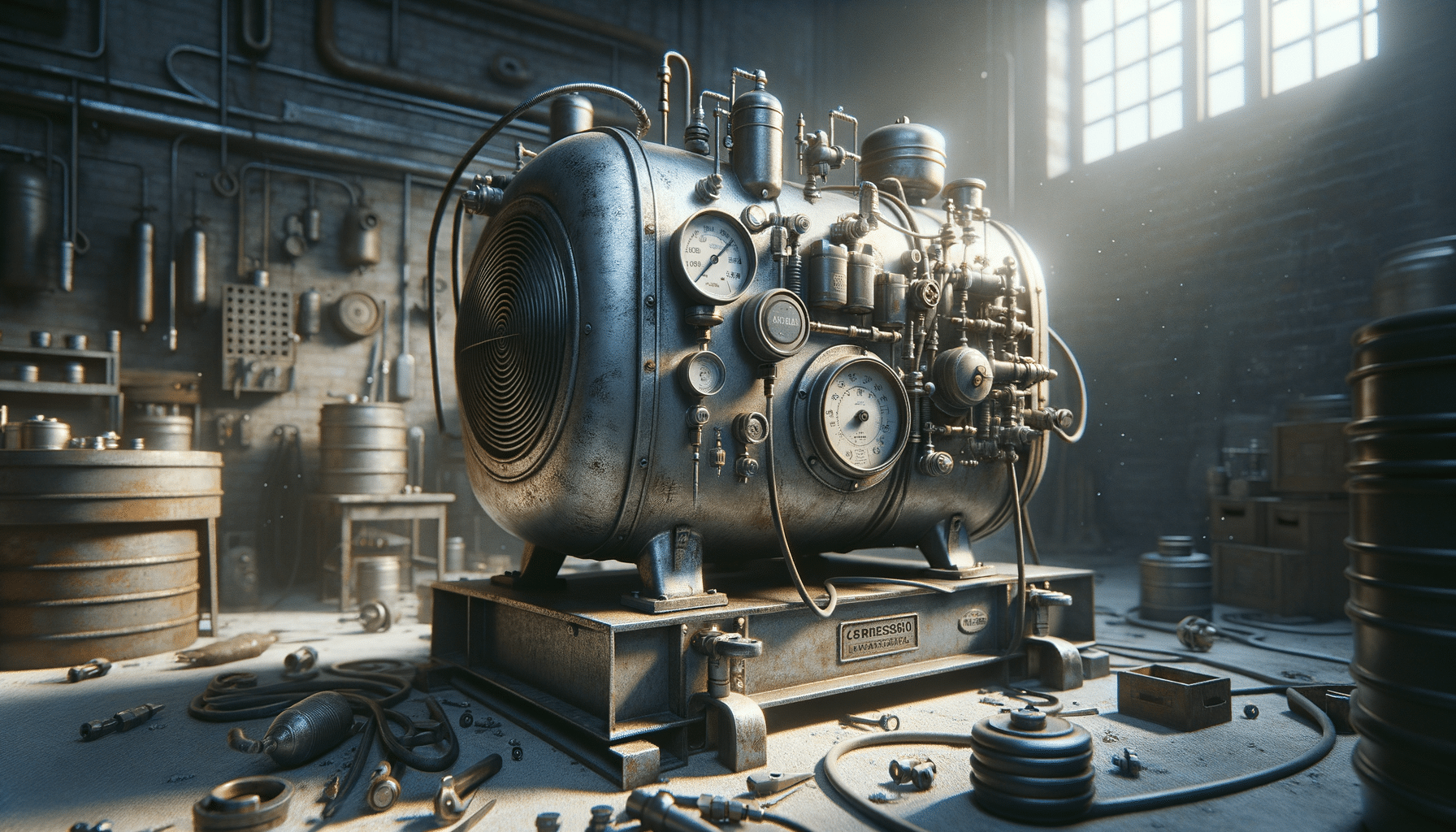
Learn More About 3D Printers
Introduction to 3D Printers
3D printing has revolutionized the way we think about manufacturing and prototyping. From creating intricate models to producing functional parts, 3D printers have become an essential tool in various industries. This article delves into the world of 3D printers, exploring their significance, applications, and the technology behind them.
3D printing, also known as additive manufacturing, involves creating three-dimensional objects by adding material layer by layer. This process offers a unique advantage over traditional manufacturing methods, allowing for greater design flexibility and reduced material waste. With the ability to produce complex geometries, 3D printers are opening new possibilities in fields such as healthcare, automotive, and aerospace.
The Technology Behind 3D Printers
The core technology of 3D printing is based on the principle of additive manufacturing. Unlike subtractive manufacturing, where material is removed to create a shape, 3D printing builds objects by adding material. This is achieved through a variety of methods, each suitable for different applications and materials.
Some common 3D printing technologies include:
- Fused Deposition Modeling (FDM): This is one of the most widely used methods, where a thermoplastic filament is melted and extruded through a nozzle to form layers.
- Stereolithography (SLA): Here, a laser cures liquid resin into solid layers, offering high precision and smooth surface finishes.
- Selective Laser Sintering (SLS): This method uses a laser to fuse powdered material, allowing for the creation of strong and durable parts.
The continuous advancements in 3D printing technology have led to increased speed, precision, and material options, making it a versatile tool for various applications.
Applications of 3D Printing
The applications of 3D printing are vast and varied, extending across numerous industries. In healthcare, for example, 3D printing is used to create custom prosthetics, implants, and even bioprinted tissues and organs. This technology allows for personalized medical solutions, improving patient outcomes and reducing costs.
In the automotive industry, 3D printing is employed for rapid prototyping and the production of lightweight components. This not only speeds up the design process but also enhances fuel efficiency and performance. Similarly, in aerospace, 3D printing is used to manufacture complex parts, reducing weight and improving the overall efficiency of aircraft.
Other notable applications include:
- Architecture: Creating detailed models and components for building projects.
- Consumer Goods: Producing customized products, from jewelry to home decor.
- Education: Offering hands-on learning experiences in science, technology, engineering, and mathematics (STEM).
Challenges and Considerations
Despite its many advantages, 3D printing also presents some challenges. One of the primary concerns is the cost of equipment and materials, which can be prohibitive for small businesses or hobbyists. Additionally, the quality of the final product can vary depending on the printer and materials used, requiring careful consideration and testing.
Another challenge is the limited range of materials available for 3D printing. While there are numerous options, including plastics, metals, and ceramics, not all materials are suitable for every application. This limitation can affect the durability, strength, and functionality of the printed object.
Furthermore, the intellectual property implications of 3D printing are still being explored. As the technology becomes more accessible, the potential for counterfeit products and unauthorized reproduction of designs increases, necessitating new legal frameworks and protections.
The Future of 3D Printing
The future of 3D printing is promising, with ongoing research and development poised to overcome current limitations. Innovations such as multi-material printing, faster production speeds, and improved material properties are expected to expand the technology’s capabilities.
One exciting area of development is bioprinting, which aims to create functional human tissues and organs for transplantation. This could revolutionize the medical field, addressing organ shortages and reducing transplant rejection rates.
Moreover, as 3D printing technology becomes more affordable and accessible, its use in education and small-scale manufacturing is likely to grow. This democratization of manufacturing could lead to a new era of creativity and innovation, empowering individuals and communities to bring their ideas to life.
In conclusion, 3D printing is a dynamic and evolving technology with the potential to transform industries and improve lives. By understanding its capabilities and challenges, we can better harness its power to drive progress and innovation.


